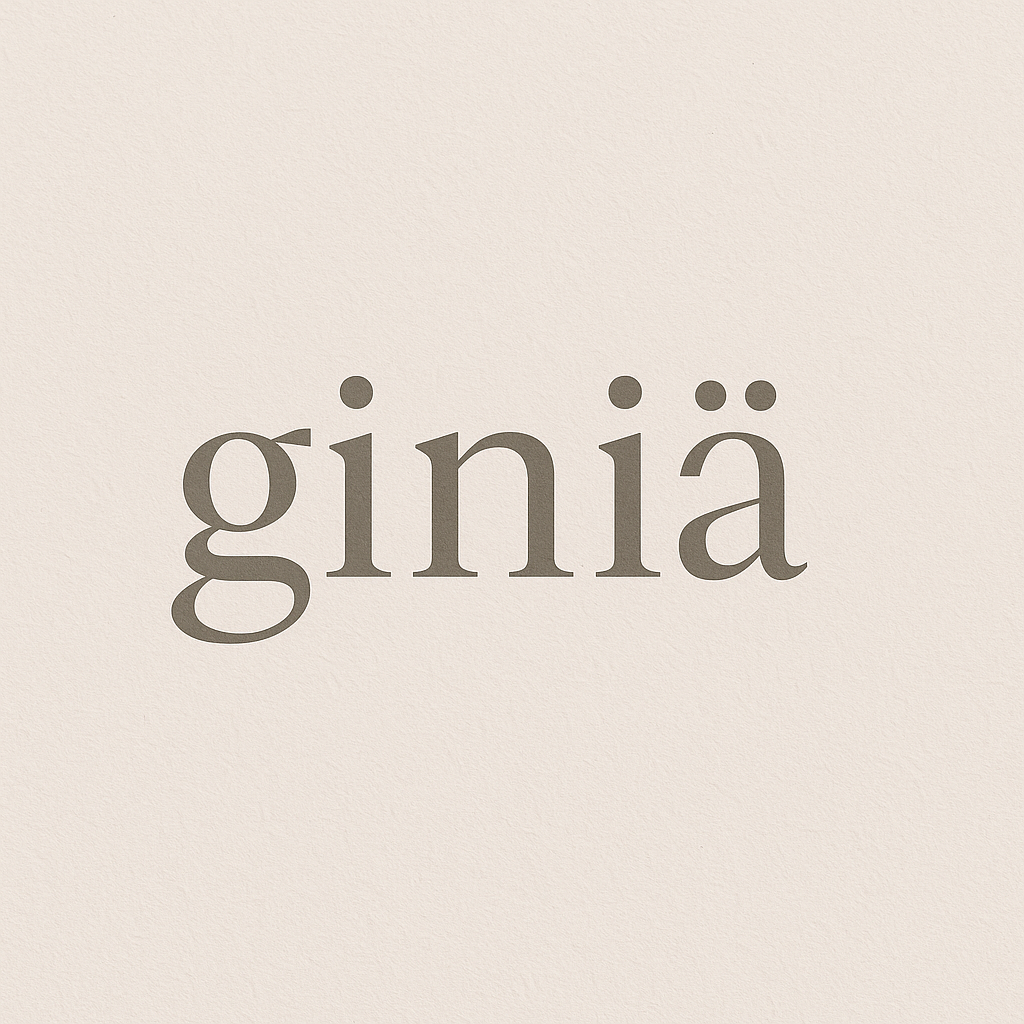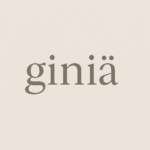The word giniä has recently started appearing across lifestyle blogs, branding campaigns, and online conversations. At first glance, it may sound like a Scandinavian term or a designer label, but giniä is much more than just an aesthetic word. It represents a concept—a fusion of simplicity, individuality, and emotional resonance that fits perfectly in today’s culture.
While there’s still some mystery behind the exact origins of giniä, what’s clear is that it’s being embraced as a new kind of personal or artistic identity. Whether used in fashion, creative projects, or social media tags, giniä is carving out a space in the digital world where people want to feel expressive yet grounded.
The Meaning Behind Giniä
Giniä doesn’t have a formal definition in any major language, and that’s part of its charm. The ambiguity gives it flexibility. Some view it as a modern twist on the word “genie” — a symbol of hidden magic or potential. Others associate it with minimalist Scandinavian aesthetics due to the umlaut (ä), which gives it a soft, Nordic touch.
The name feels soft yet sophisticated, open-ended yet intimate. It resonates with creators, designers, and individuals who are seeking something fresh and distinctive to define their vibe.
How Giniä Is Being Used Today
You’ve probably seen giniä in social media bios, design portfolios, and even wellness brand taglines. It’s quickly become a buzzword for anything that blends minimalism with meaning. Think of it like a modern cousin of terms like “zen,” “hygge,” or “aura.”
Real-World Uses of Giniä
- Clothing labels using “Giniä Edit” to describe their curated pieces
- Art accounts using #ginia for content that feels ethereal or personal
- Branding agencies adopting giniä as a concept for emotional design
- Creators using giniä to name their digital zines or small projects
The rise of giniä reflects the cultural desire for softer branding and intentional living. People don’t just want to look good or do good—they want to feel something deeper.
Why Giniä Feels So Modern
Part of the reason giniä is gaining popularity is because it fits seamlessly into the current digital and aesthetic landscape. In a world filled with overstimulation, giniä represents a softer, slower, and more intentional way of existing.
Key Values Associated with Giniä
- Minimalism without losing warmth
- Emotional branding without being overly sentimental
- Clean design that still feels personal
- Aesthetic appeal that works globally
People are tired of noise. Giniä stands for clarity, emotion, and visual simplicity—values that are shaping modern design, social media content, and even how people describe themselves.
How Brands Can Use Giniä
If you run a brand that focuses on wellness, design, fashion, or art, integrating the giniä concept can help you stand out. It’s a term that instantly evokes calm sophistication without needing much explanation.
Giniä in Branding
| Industry | Example Use |
|---|---|
| Fashion | Giniä capsule collection |
| Skincare | “Giniä glow” or giniä blend lines |
| Digital Design | UI/UX concepts under the giniä tag |
| Mental Wellness | Giniä-inspired journaling series |
This trend isn’t about shouting to be heard. It’s about speaking softly and being remembered.
What Makes Giniä Appealing for Content Creators
For influencers, artists, and creators, giniä is the perfect umbrella term for content that’s polished but emotionally rich. It’s flexible, original, and gives off an air of exclusivity.
- Looks great in lowercase text
- Easy to stylize in graphic design tools
- Neutral enough to fit across industries
- Inspires curiosity and feels poetic
You don’t have to explain giniä in your caption—it speaks for itself. And in a world of endless scrolling, that subtle impact matters.
The Aesthetic Power of Giniä
Let’s not ignore how beautiful the word looks. The “ä” adds visual texture, which is often used in design to create a modern yet timeless feel. Whether printed on clothing tags or used in Instagram handles, giniä stands out just enough.
Giniä Style Checklist
- Neutral tones: beige, off-white, slate
- Serifs or minimalist typefaces
- Clean white space
- Subtle animations or soft shadows in design
Think of it as the quiet luxury of words. It’s not loud, but it lingers.
Who Is Embracing Giniä Culture?
The demographic most connected to giniä includes:
- Gen Z creatives who value identity and aesthetic
- Millennial designers looking for minimal, expressive branding
- Entrepreneurs in wellness and lifestyle niches
- Artists creating emotion-led digital content
These are people who want their work to mean something and feel visually consistent.
How to Start Using Giniä in Your Life
Interested in bringing the giniä vibe into your own projects or personal brand? Start small:
- Rename a creative playlist or mood board with “giniä”
- Create a minimalist social template using the term
- Use it in your content to signal softness and style
- Build a mood around it—light music, white space, slow moments
It doesn’t need to be loud to be powerful.
FAQs About Giniä
Is giniä a real word?
Giniä is not an official dictionary word but has gained traction online as a conceptual and aesthetic term. It’s often used as a brand name, creative tag, or identity symbol.
How do you pronounce giniä?
Most say “jin-ee-ah” or “gee-nee-ah” depending on accent. The umlaut (ä) adds a European twist that feels elegant and soft.
What does giniä mean in branding?
In branding, giniä stands for minimalism, emotion, and aesthetic quality. It’s used to describe designs or products that are clean, curated, and expressive.
Is giniä used more in fashion or tech?
It’s used in both but leans slightly more toward fashion, lifestyle, and wellness. However, some modern UI/UX designers are also applying the term in their design theory.
Can I trademark giniä?
You would need to check for existing trademarks in your country. Since it’s gaining popularity, securing the name for business or product use might require legal research.










